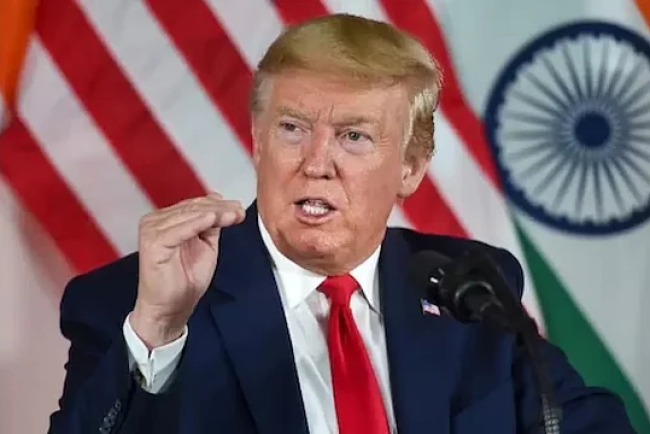India and US Push Dual Agri‑Trade Strategy With Tariff Reduction Plan
India and the U.S. are planning a dual‑track agri‑trade strategy combining temporary export controls on key staples with reciprocal tariff cuts to balance food security and trade liberalization without breaching WTO rules.This article examines India‑U.S. plans to limit exports of rice, wheat, and pulses domestically while simultaneously reducing mutual tariffs to open markets. It delves into the policy rationale, economic impacts, bilateral cooperation, implementation challenges, and potential role as a template for sectoral trade deals.

Introduction
In mid-2025, India and the United States are finalizing a dual‑track agricultural trade strategy: a temporary export restriction on key staples (rice, wheat, pulses) paired with tariff cuts to improve market access. The approach aims to balance domestic food security with export competitiveness, while meeting international trade commitments.
Rationale of Export Controls
India plans limited export restrictions on wheat, rice, and pulses to stabilize domestic prices amid erratic monsoon patterns. Officials project these quotas will prevent abrupt price hikes and ensure sufficient supplies for low‑income consumers during deficit periods.
Tariff Reduction Agreements
Simultaneously, both countries are preparing reciprocal tariff reductions. India may cut duties on US farm exports such as pulses, lentils, and select oilseeds. In exchange, the US could reduce tariffs on Indian rice and tea, benefiting exporters in both nations.
Impact on Farmers and Consumers
Domestic farmers may experience stable procurement prices, while exporters gain expanded market access. Consumers stand to benefit from a more diversified, cost‑effective import mix, particularly of pulses and edible oils. The reciprocal nature of the agreement helps maintain domestic support while boosting trade flows.
Political and Economic Balance
By pairing domestic supply safeguards with external trade openness, India’s approach is crafted to meet its World Trade Organization obligations without risking domestic food inflation. The temporary nature of export curbs is key to avoiding sustained protectionism and ensuring compliance with international norms.
Role of US‑India Relations
This linkage bypasses a full‑blown trade deal, instead focusing on sector‑specific cooperation. It reflects the broader strategic partnership between India and the U.S., as both seek to boost agri‑sector ties amid competition with China in global food markets.
Challenges Ahead
Several issues require careful navigation: calibrating the timing and quantities of export bans, coordinating parallel tariff reductions to avoid divergence, and ensuring logistical arrangements—such as shipping and cold chain infrastructure—are in place to support increased trade flows.
Conclusion
India and the U.S. are designing a nuanced agri‑trade framework that combines temporary export curbs with tariff reductions. The policy seeks to stabilize domestic markets and open export opportunities without violating trade rules. Its success will depend on precisely calibrated implementation, transparent sequencing, and mutual trust. The dual‑track model may serve as a template for future sector‑specific trade arrangements.
Source: Outlook Business
What's Your Reaction?

















